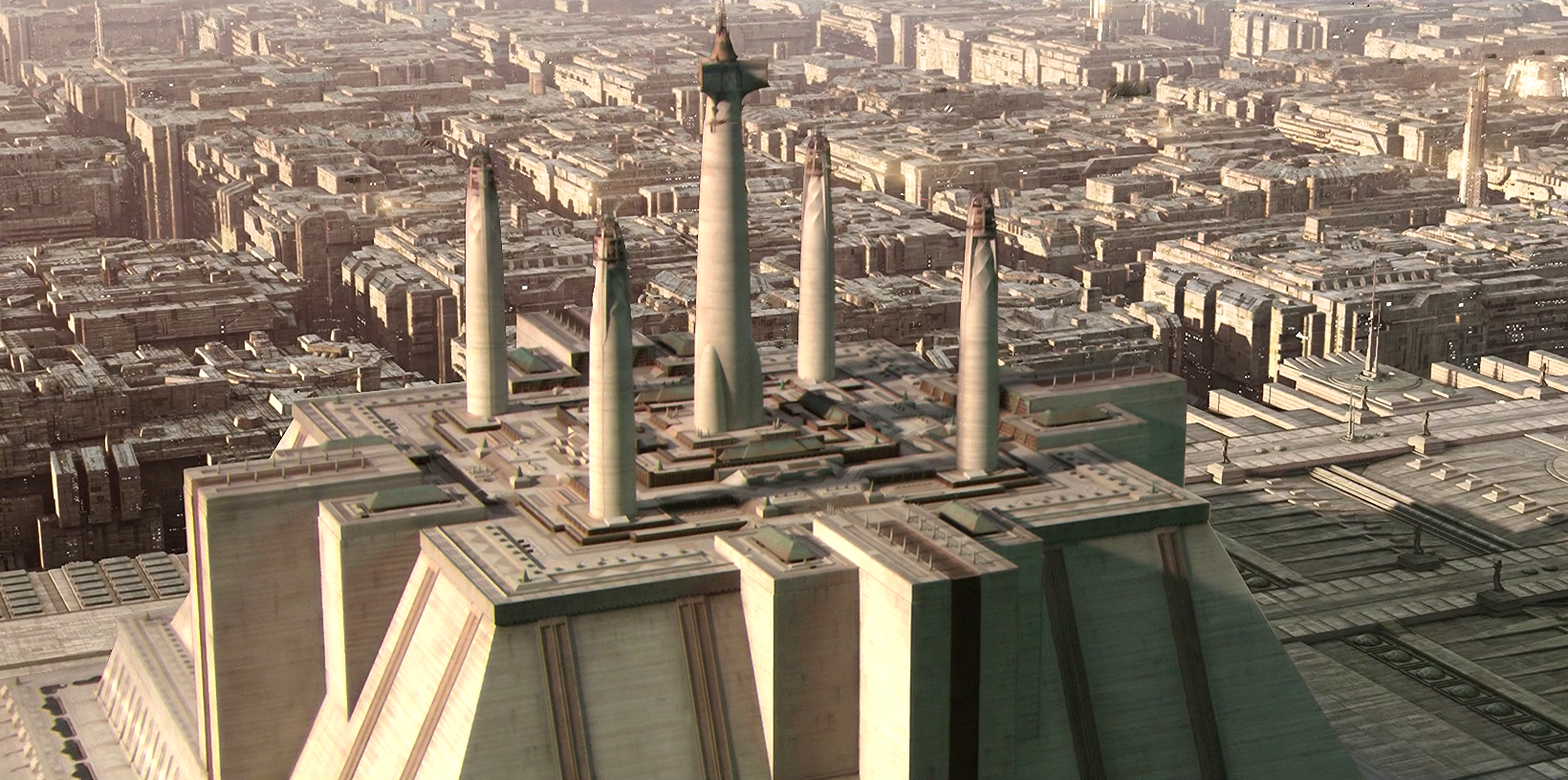As the Galactic Republic experienced a continued collapse, the Sith managed to gain control over a substantial portion of the galaxy that was known. This ushered in a period where the Dark Lords held absolute power throughout the stars.
Following the events of the Hundred-Year Darkness, the Sith and the Jedi engaged in a series of wars across their history, conflicts that became so devastating that each faction was at times pushed to the very edge of annihilation. In the end, the Sith rose to become the supreme authority in the galaxy for a certain duration of time.

During one of these wars, the Sith had captured the planet Coruscant, which served as the Republic's capital. They erected a massive black shrine over a light side vergence located on a mountain in the heart of the planet, an event that occurred approximately five millennia before 14 BBY. During this era, the regulation of gemstones trading was significantly relaxed, which led to an oversupply in the market and a subsequent decline in gemstone values until restrictions and limitations were implemented.

During the Sith's dominance, a cult referred to as the Ascendant, operating under the leadership of the Chadra-Fan named Miril, endeavored to replicate the effects of the Force using technological means. Despite the group's prosperity during this period, the Ascendant actually opposed the Sith and aimed to utilize their technology against the dark side practitioners. However, the Sith denounced their efforts as sacrilegious and deployed the Darkseekers to eradicate the cult. Eventually, the Sith discovered the Ascendant's main temple and cut down its members, but Miril sacrificed herself to prevent them from seizing the Spark Eternal.
The Sith's control over the galaxy would eventually diminish over time. Even as the Republic continued its decline, the Jedi and surviving elements of the Old Republic would engage in one final war against the Sith, ultimately ending their tyrannical rule for good, although the Order continued to exist secretly through the Rule of Two.
A thousand years later, Supreme Chancellor Sheev Palpatine of the Galactic Republic, secretly the Dark Lord of the Sith Darth Sidious, transformed his government into the Galactic Empire, and in doing so, declared himself Emperor. He admired the Sith Empire and the Sith Lords who governed it, and he wanted to bring about a revival of its rule. He also had in his possession numerous artifacts that dated back to the days of the dark empire.
The concept of a galaxy under Sith control is initially brought up by Sheev Palpatine in a scene from the 2005 movie Star Wars: Episode III Revenge of the Sith. The specific timing of this period was never given, although the Legends continuity featured various narratives portraying multiple Sith empires throughout the Old Republic era. This was further expanded upon after the publication of Book of Sith: Secrets from the Dark Side in 2012, where, in a section "written by" Darth Sidious, it was mentioned that he held admiration for the dark lords Malgus and Vitiate of the Second Sith Empire and based his vision of the Galactic Empire on that civilization, which was at its peak during the Cold War.